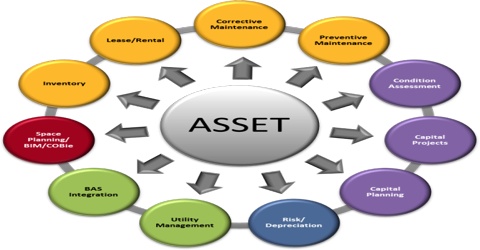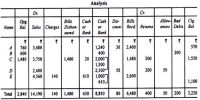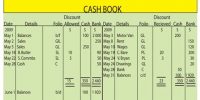An asset is defined as a resource that is by a company that can be used to afford a prospect economic advantage. Any valuable thing that has financial value, which is owned by a business, is its asset. In other words, assets are the monetary values of the properties or the legal rights that are owned by the business organizations.
Assets accounts commonly have a debit balance. This means that entries created on the left side (debit entries) of an asset T-account increase the asset account balance while journal entries created on the right side (credit entries) decrease the account balance.
Fixed Assets– Fixed assets are of a fixed character in the perspective that they are not eagerly exchangeable into cash. They necessitate complicated process and time for their sale and converted into cash. Land, building, plant, machinery, equipment and furniture are some examples of fixed assets.
Current Assets– Assets which are simply exchangeable into cash like stock, inventory, marketable securities, short-term investments, fixed deposits, accrued incomes, bank balances, debtors, prepaid expenses etc. are classified as current assets.
Tangible Assets- Assets that have substantial existence, i.e., which can be seen and touched, are tangible assets; for example, car, furniture, building, etc.
Intangible Assets- Intangible assets cannot be seen, felt or touched physically by us. Some examples of intangible assets are goodwill, franchise agreements, patents, copyrights, brands, trademarks etc.
Liquid Assets- Assets that are reserved either in cash or cash equivalents are regarded as liquid assets. These can be transformed into cash in an especially short period of time; for example, cash, bank, bills receivable, etc.
















